Featured in
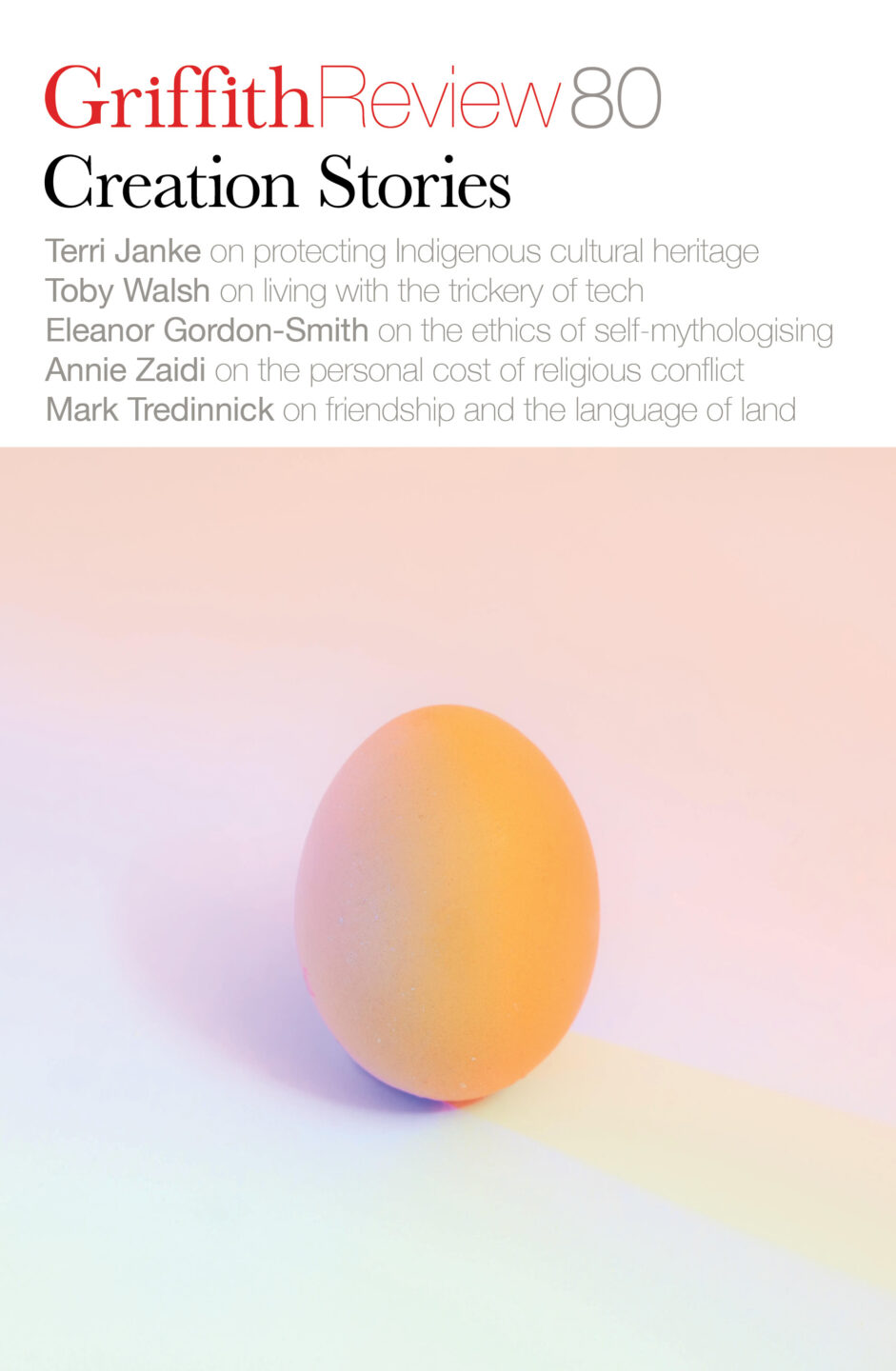
- Published 20230502
- ISBN: 978-1-922212-83-2
- Extent: 264pp
- Paperback (234 x 153mm), eBook
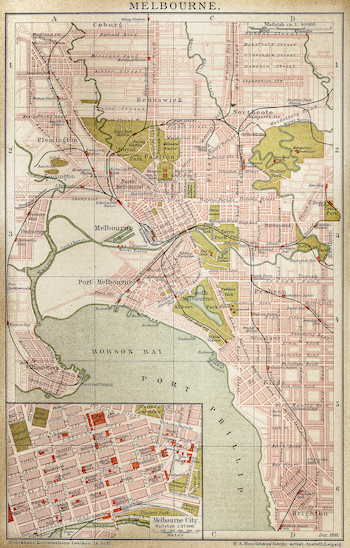

Already a subscriber? Sign in here
If you are an educator or student wishing to access content for study purposes please contact us at griffithreview@griffith.edu.au
Share article
About the author
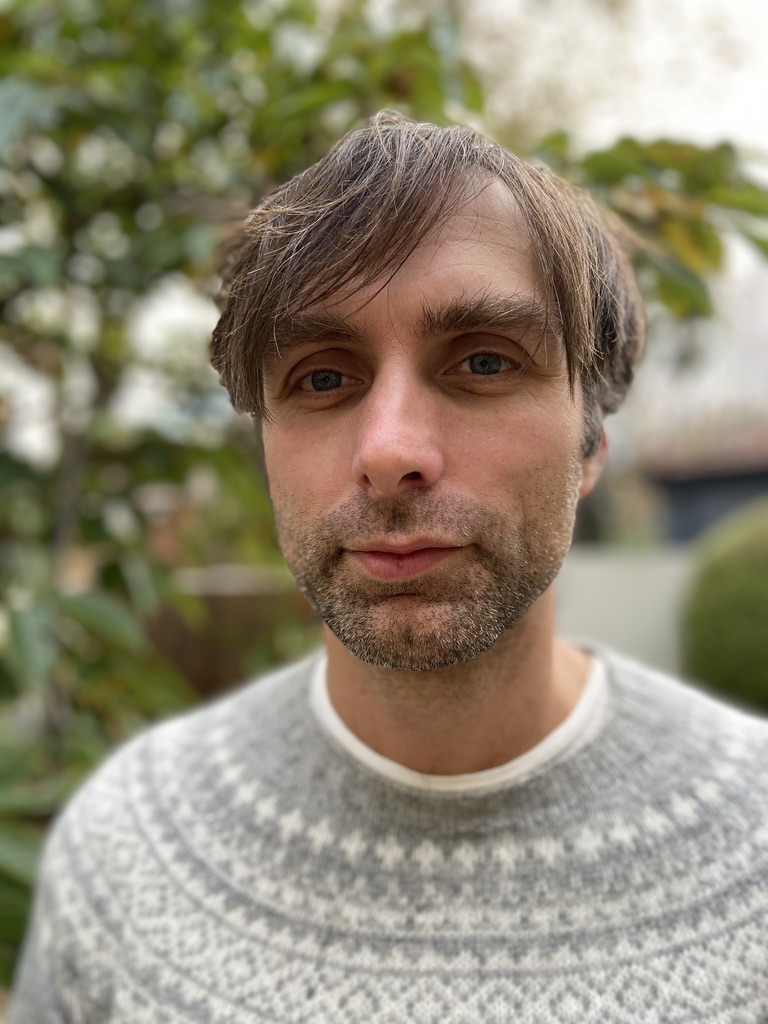
Dave Witty
Dave Witty is a Melbourne-based writer. His first book, What The Trees See, will be published in 2023 by Monash University Publishing. His work has...
More from this edition

Everybody loves beginnings
Non-fictionBeginnings are a breaking of silence that give some indication as to why the silence ought to have been broken, and the prospects of such a breaking. Why should I have broken my silence and begun this discourse? And why should the difficulties of breaking this silence, difficulties that for some reason I must enact in order to ameliorate, appear so manifestly predictable to me?
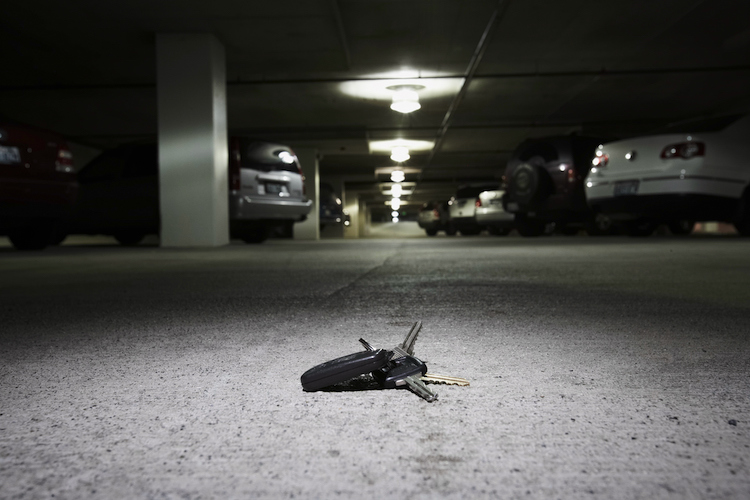
Colour theory
FictionI carried that knife with me everywhere, clipped onto the waistband of my pants, the metal cold against my hip, but when the time came to use it, I forgot it was there. For days afterwards, I waited for the police to turn up on the doorstop. I kept refreshing the local news, typed variations of ‘assault’ and ‘eye-gouge’ and ‘Brisbane’ into Google. The most recent result was from the previous April: a glassing incident on a man in his sixties in a Spring Hill pub that had nothing to do with me.
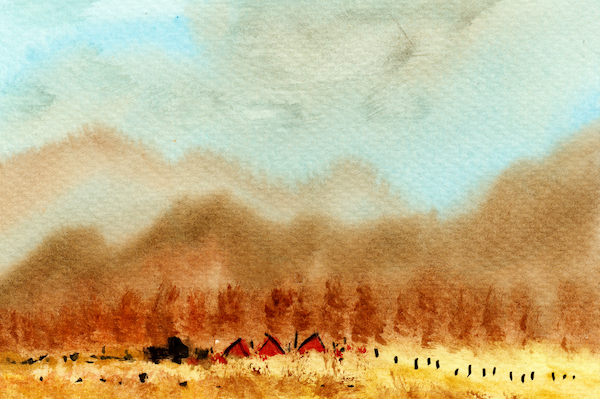
Back to the red earth
FictionBefore she opens her eyes, she knows with the very same certainty that she is of this land that Juanjo, her lover and the father of her five guris, isn’t going to be asleep by her side. But she could for once be wrong. So, she stretches out her arm and feels around. Instead, her fingertips touch his perfectly tucked-in bedsheet. His side of the bed is vacant like the rows of this year’s failed crop.